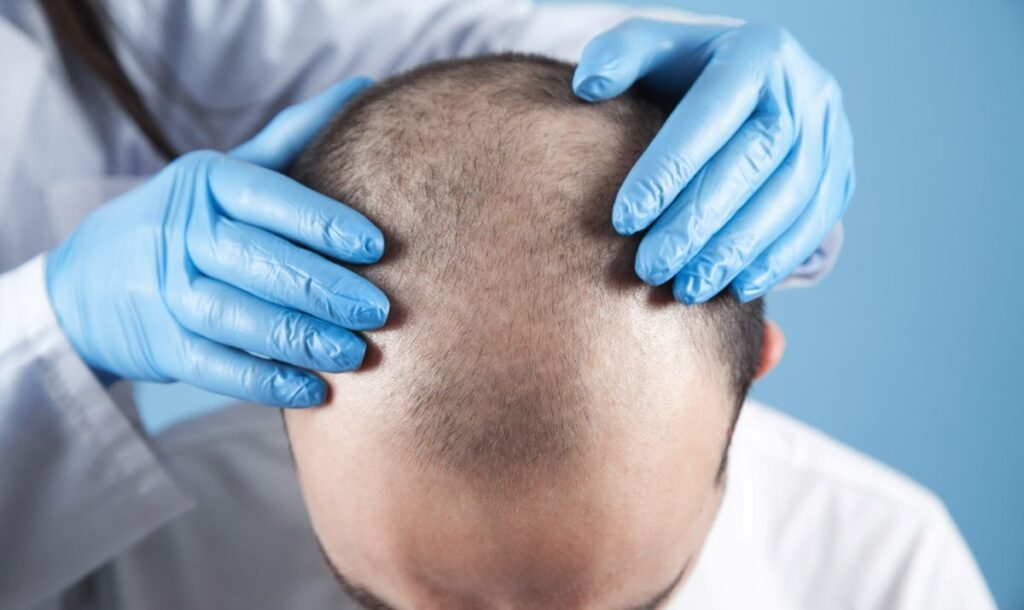Hair Transplant
A successful hair transplant involves the precise and meticulous relocation of healthy hair follicles from one part of the scalp to areas experiencing hair loss, resulting in natural-looking and long-lasting hair restoration. Embarking on the journey of a hair transplant is a significant decision for those seeking to restore their hair and confidence. Understanding the various stages involved is crucial for ensuring a successful outcome and a positive impact on one’s life.
Understanding Hair Transplants
Hair transplant is a surgical procedure designed to address hair loss by transplanting hair follicles from one part of the body, often the back or sides of the scalp, to the bald or thinning areas. The history of hair transplants has witnessed remarkable advancements, evolving from early techniques to more sophisticated and effective procedures today.
People opt for hair transplants for various reasons, ranging from genetic predisposition and hormonal changes to injury or trauma-induced hair loss. Understanding the root cause is fundamental in determining the most suitable approach for restoration.

Preparing for the Procedure
The journey begins with a consultation with a qualified hair transplant professional. During this phase, an assessment is made to evaluate the individual’s eligibility for the procedure. Factors such as the extent of hair loss, the quality of existing hair, and overall health are considered.
Patients receive preoperative instructions to prepare for the surgery. These instructions may include guidelines on medications, lifestyle adjustments, and specific care routines. Addressing common concerns and dispelling misconceptions during this stage is crucial in ensuring patients feel confident and informed.
The Hair Transplant Procedure
Patients can expect the procedure to take several hours, depending on the extent of the transplant. Local anesthesia is used to minimize discomfort. The surgeon creates tiny incisions to implant the hair follicles in a natural pattern, ensuring a seamless and aesthetically pleasing result.
After the Surgery
Postoperative care is crucial for a successful outcome. Patients receive specific instructions on caring for the transplanted area, including gentle washing and avoiding activities that may strain the scalp. Some common side effects, such as swelling or redness, are temporary and can be managed with proper care.
Recovery timelines vary, but patients typically start seeing visible results within a few months. It’s essential to have realistic expectations and understand that hair growth occurs gradually. Regular follow-ups with the transplant professional help monitor progress and address any concerns.

Conclusion
In conclusion, the journey of a successful hair transplant involves understanding the procedure, preparing adequately, and committing to postoperative care. Realistic expectations, coupled with the guidance of a skilled professional, contribute to a positive experience. For those considering a hair transplant, this journey represents not just a physical transformation but a boost in confidence and well-being.
FAQ
- When can I start the hair transplant process?
- To initiate the hair transplant process, you should first consult with a specialist. Planning and preparation stages commence after the initial consultation.
- Is hair transplant a painful procedure?
- Hair transplant, performed using local anesthesia, is generally painless. Mild discomfort may be felt during the procedure.
- How soon will I see results after a hair transplant?
- It may take several months to see initial results after a hair transplant. However, comprehensive results usually emerge within a year.
- Is hair transplant a permanent solution?
- Yes, hair transplant is a permanent solution. Transplanted hair typically grows and persists permanently.
- What kind of care is needed after a hair transplant?
- Post-hair transplant care involves gentle washing and following guidelines to prevent irritation. It is essential to carefully follow your doctor’s recommendations.
- Which hair transplant technique might be suitable for me?
- Hair transplant techniques can vary based on individual circumstances. Your specialist will determine the most suitable method for you.
- Is the hair transplant process painful?
- Due to the use of local anesthesia during a hair transplant, pain is minimal. There might be a mild discomfort during the procedure.
- How many sessions does the hair transplant process require?
- The number of sessions for a hair transplant varies based on individual needs and goals. For many, a single session may be sufficient.
- When can I resume physical activities after a hair transplant?
- The timing to resume physical activities depends on individual recovery. It is important to follow your doctor’s recommendations.
- Will my hair look natural after a hair transplant?
- Yes, after a successful hair transplant, transplanted hair will acquire a natural appearance. Professional expertise and an experienced surgeon are crucial.












